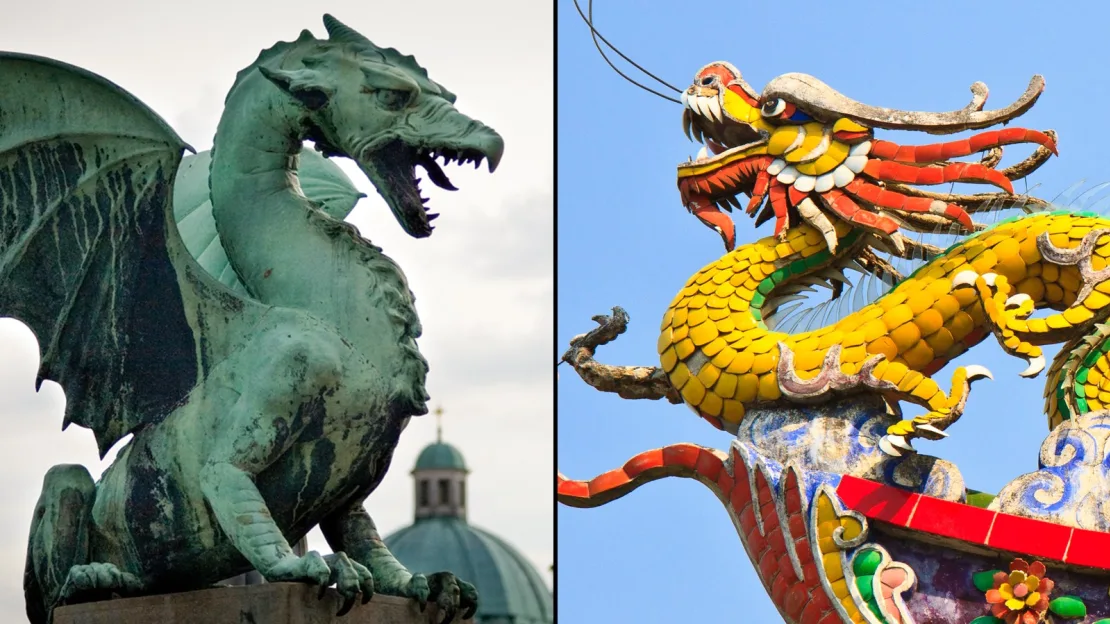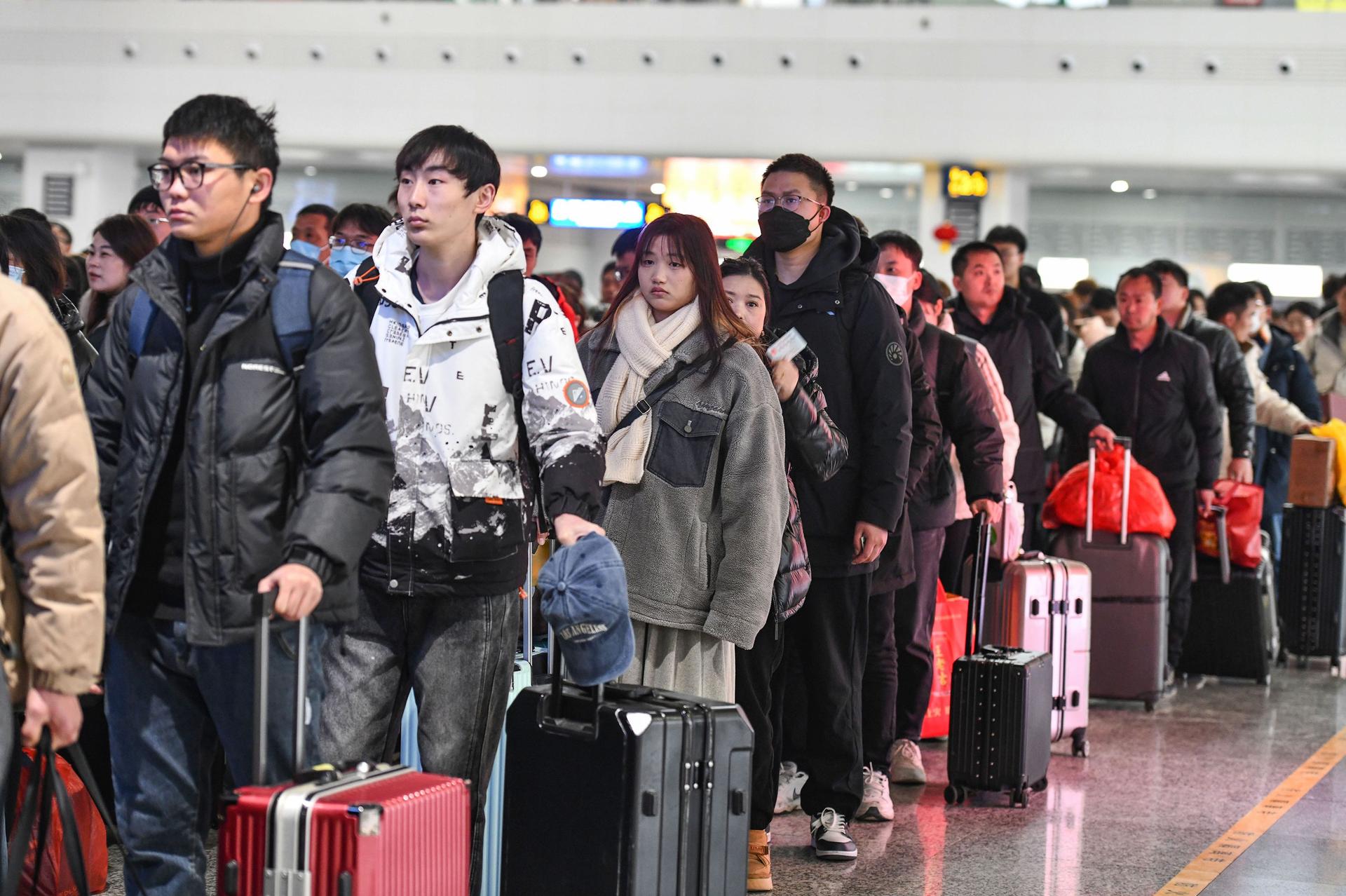Every Lunar New Year, China ushers in a new zodiac sign from a cycle of 12 auspicious animals.
This year, it's the Year of the Dragon, or more accurately, the "Year of the Loong," says Chinese state media, using its preferred term for the mythical beast.
"Loong" has been used in the past to describe dragons, but this year it's been popularly embraced as the preferred translation of the Mandarin word for a creature long revered in Chinese culture.
The word dragon, state media says, is heavily associated with the Western image of a vicious and fire-breathing beast, unrepresentative of the wise and peaceful folkloric creature many in China know and love.
The Chinese "loong" conjures positivity, nobleness and fortune and therefore should be distinguished linguistically from its Western cousin, state media argues.
Chinese media has dedicated coverage and airtime to promote the new nomenclature over the past week or so, though both "dragon" and "loong" are being used interchangeably in English-language reports.
The push comes as Chinese leader Xi Jinping in recent years has urged the country to assert more "cultural confidence" — part of his bid to raise China's international stature. Amid rising nationalism, Western books, movies, and other forms of perceived influence have been viewed with increasing suspicion.
Some Chinese revelers have embraced the "loong" terminology, sending each other blessings of "loong" during the Lunar New Year – including, mostly notably, a top official from Hong Kong.
"We are all here to welcome the Year of the 'Loong'," said the city's Chief Executive John Lee at a tourism event last week that further ignited discussion about whether to use the word dragon, or the term apparently preferred by Beijing.
What does a 'loong' look like?
Just like their Western counterparts, "loongs" have sharp claws and fangs. But unlike the rough, scaly skin of some mythical Western depictions, they have elongated bodies and often shiny golden scales.
A long silky mane runs down their backs, as depicted in most Chinese paintings and sculptures, and they glide effortlessly through the sky despite having no wings.
Their eyes, round and benevolent, are believed to be the window to their soul, as the Chinese saying goes "painting the pupils when drawing dragons," meaning the image of a dragon is incomplete without the finishing touch of the eyes.
Western dragons come in many forms and shapes, from the most fearsome Smaug from The Hobbit to the cuddly version in Pete's Dragon, a 1977 Disney film that featured Elliott, a large green cartoon dragon.
But in a recent article, China's official state news agency Xinhua said: "Western dragons are often described as giant reptiles with wings."
"It is much harder to liken Chinese dragons to any existing animal," it added.
Bradford Lee Eden, a scholar in fantasy writing and Dean of Library Services at Valparaiso University, Indiana, said the popular image of the Western dragon can be traced back to ancient literature and tales, elements of which have carried over to modern-day pop culture productions such as Games of Thrones.
"Traits associated with Western dragons include aggressiveness, love of gold and treasure, greedy, destroyers, and generally enemies of mankind," said Eden, the founding editor of Journal of Tolkien Research.
Meanwhile, Eastern dragons are generally seen as more contemplative, thoughtful, helpful, and lucky than their Western counterparts, said Eden.
Many on Chinese social media Weibo supported the use of the term "loong" — with some viewing the issues through the lens of nationalism and tensions with the West.
"It's a good thing because the west has demonized China and then put the name of one of their evil objects on our mascot, which [represents] nothing short of being civilized," one influential user, who has 1.8 million followers, wrote in a post liked by 4,000 others on Weibo.
Read more about the 'loong' here.



















No hay comentarios:
Publicar un comentario